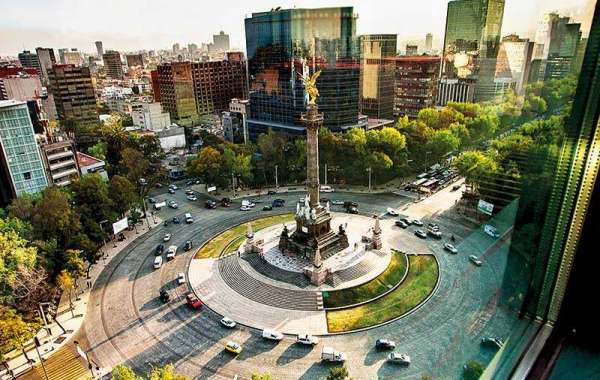click here to join the blue idea network's social media network
Mexico City, the country's capital with a population of about 22 million, is sinking. The city was one of the major urban centers of the Aztecs and was called Tenocitlan. The Aztecs built it on the lake that was there but when they conquered the area the Spaniards destroyed it, drained the lake and rebuilt it.
As a result of these geological interventions, the soil of the city is not stable and sinking phenomena are observed over time. But in recent years the phenomenon has become very large and threatens in fact the existence of the huge metropolis.
In their publication in the review "JGR Solid Earth", a team of researchers from the USA and Mexico claim that the drainage of the aquifer for the supply of drinking water in the city accelerates the sinking. The aquifer is a geological formation that contains water and allows the passage of significant amounts of water.
It consists of solid soil material and empty space in which water is contained. According to the researchers, the city is now sinking at a rate of 50 cm per year and the combination of the large drainage of the aquifer with the fragile ground on which it is built creates a situation that seems to have no return. Researchers estimate that the city is in danger of collapsing and sinking thirty meters in the coming decades.
The works that have been done in recent years to change the way of water supply of the city but also to prevent the sinking have reduced to some extent the problem but they can not seem to stop this process. New ideas and proposals are now being sought that could provide a way out of the really very serious problem that could threaten on many levels not only the Mexican capital the whole country but also the neighboring countries if there is a need for mass abandonment of the city.
click here to join the blue idea network's social media network













